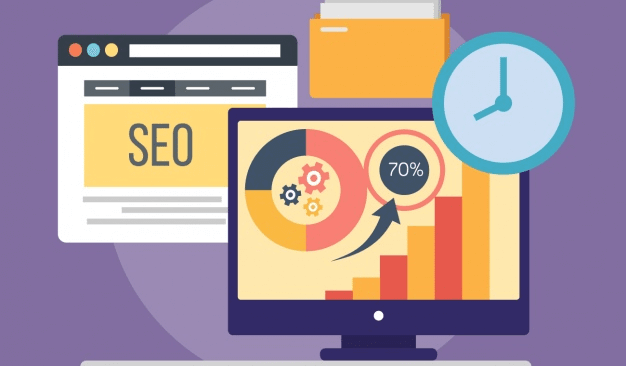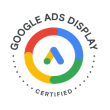Image Optimization For Search Engines
Image optimization refers to the process of enhancing the image qualities to rank top on the search engine. Why is this important? People search for information using search engines such as Bing images and Google images. There are a few things that set image optimization apart from content optimization. In this piece, we will look at a few tips that could help you get more organic website traffic.
1. Use Relevant And An Eye-Catching Image
Images are the first things that visitors on the search engine see when they load a web page. An attention-grabbing image will make target readers want to know more about the content supporting the image.

Coupling good content and the right image will prompt people to share the link to various social media platforms, and eventually increase the traffic in your web page.
Paying special attention to SEO is vital. To ensure you are on the safe side of the law, always create your own images using legit tools like photoshop or look for free images online. It is advisable to avoid using copyrighted images that could lead you into trouble. It is also important for you to strictly use JPEG, BMP, PNG and GIF files once you find the right images.
2. Use Relevant File Names
You have to allocate a certain name to an image when adding it to an article or blog post. In most cases, you will find mismatching names that do not describe the specific image. It is advisable to customize the filename to something relevant to the web page. If possible, use a file name that includes one of your primary keywords. For instance, something like: IMG_Utah_BarComedyFestival_2018_03. Most visitors on your webpage will not see the file name but it’s important for the search engine bots to give relevance to your image and provide more information relevant to the given keywords.
3. Pay Attention To Alt Tags And Texts
Alternative tags and alt texts are another part of the web page that most people visiting your page won’t notice. However, search engine bots will see them. You can add an alt text for each image that you add to your page. This text is what will be displayed in place of your image when the browser is experiencing troubles. The alt text is an additional tool that can be utilized to send messages to the search engine about what content your page holds.
Keep updating your alt tests for all your images to keep them relevant. Be sure to add your main keyword and a descriptive clause of the image itself. A good description will give way for your image to rank top in the image search engines.
4. Anchor Texts Should Be Appropriate
Anchor text is a word or phrase that is highlighted within a document or article and attached to a link. Mostly, anchor texts are used to provide external or internal links that will help provide more information or a better explanation of the given word or phrase. When optimizing images, your choice of words should bring out a perfect correlation between the image and content. For example, you may have an article about motor homes and the picture is that of a motor home. You can use “customized motor homes” as your anchor text in this case.

5. Avoid Spamming
Spamming occurs as a result of putting too many keywords. Spamming alt tags or alt texts may trigger bots to flag the specific image. This results in your SEO image optimization work being nullified. The keywords and descriptions should be used in moderation but should be sufficient to achieve the objective, just like in the content optimization. Optimizing an image necessarily targets the end user and not the search engine bots. Keeping this fact in mind will help you master the art of balancing instead of overdoing it.
6. Incorporate Social Media
Social media plays a very pivotal role in your overall SEO and client acquisition strategy. You could try adding multiple social media sharing buttons to your website to help incorporate your images into social media platforms. These buttons encourage visitors to share your images. The more buttons you incorporate, the better your chances of increasing traffic.
In a nutshell, search engine picture optimization is critical when looking for relevant organic traffic. Although optimizing images for search engines might seem complicated, it is quite rewarding. If you want to optimize your images, follow the tips we have highlighted above. They will place your site in a better position to attract potential customers and target internet users.







